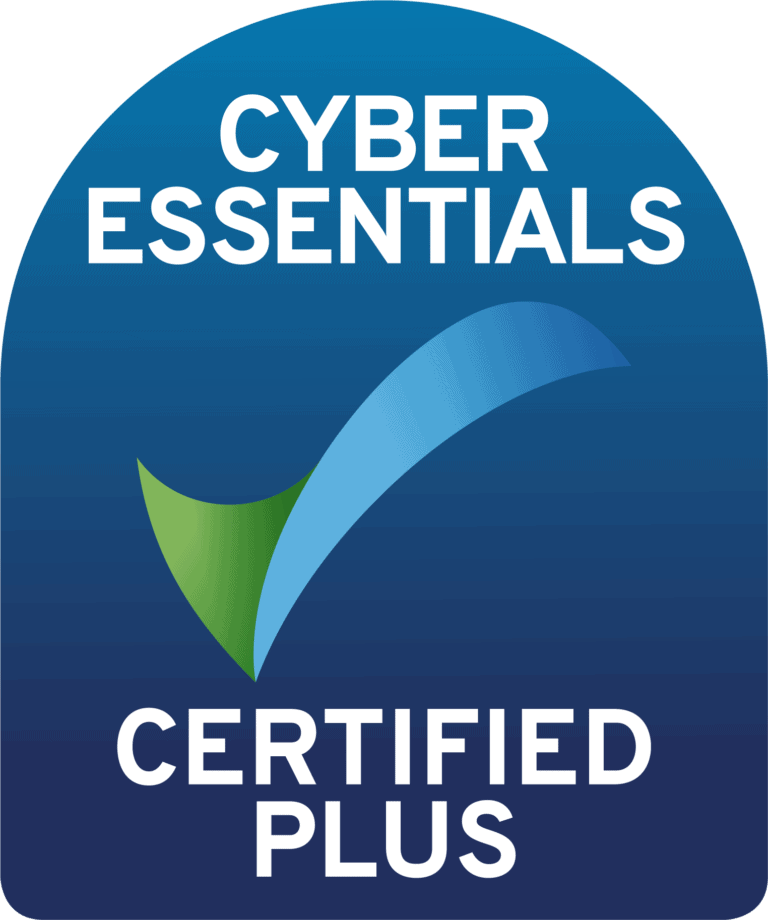Understanding Security Clearance. What you need to know.

With over 15 years of experience helping deliver secure public services, Malikshaw knows the clearance process inside out. We give clients and candidates the practical advice and hands-on support they need to navigate vetting smoothly, right up to Developed Vetting (DV).
Whether you're applying for a role requiring clearance or seeking to onboard cleared professionals, our team is equipped to guide you through every stage of the vetting process, from initial application to clearance maintenance and transfer.
Here’s what to expect from the process.
What is Security Clearance?
Security Clearance is a vetting process managed by UKSV (United Kingdom Security Vetting). It’s designed to assess whether an individual is suitable to access classified government information, equipment or property. Clearance helps establish trust at a particular point in time, ensuring that only appropriate personnel are granted access to sensitive material.
Who Needs It?
You may need clearance if your role involves working in or alongside government bodies or secure environments. This includes employees within government departments, members of the armed forces, the police, and intelligence services. It also applies to individuals in the private sector who supply goods or services to the government, and certain non-governmental organisations involved in sensitive work.
Why It Matters
Security Clearance plays a key role in protecting national security. It prevents unauthorised individuals from accessing sensitive assets and helps guard against a range of threats. These include hostile intelligence activity, cyber attacks, terrorism and insider risk. The clearance process ensures that sensitive roles are filled by individuals who can be trusted to manage this responsibility.
Types of Clearance
There are several levels of Security Clearance, each suited to different roles. CTC (Counter Terrorist Check) is the lowest level and is often required for access to sensitive public spaces. SC (Security Check) is more in-depth and commonly used for roles involving access to secret material. DV (Developed Vetting) is the highest level and is required for access to top secret information. Other types include BPSS (Baseline Personnel Security Standard), which is a pre-employment screening used as a foundation for higher clearances, AC (Accreditation Check) and Level 1B
Key Points to Remember
Job offers for cleared roles are often conditional upon successful completion of the vetting process. Clearance is role-specific and tied to your employer, meaning it may need to be renewed or re-evaluated if your role changes.
Being accurate and responsive throughout the process is crucial. The more efficiently you complete your part, the quicker your clearance can be progressed.
Final Advice
Navigating the world of security clearance doesn't have to be complicated. Malikshaw is here to support both individuals and organisations with tailored advice and practical assistance. Whether you're new to the process or managing existing clearances, our experienced consultants are ready to help. For more information, get in touch with us.






